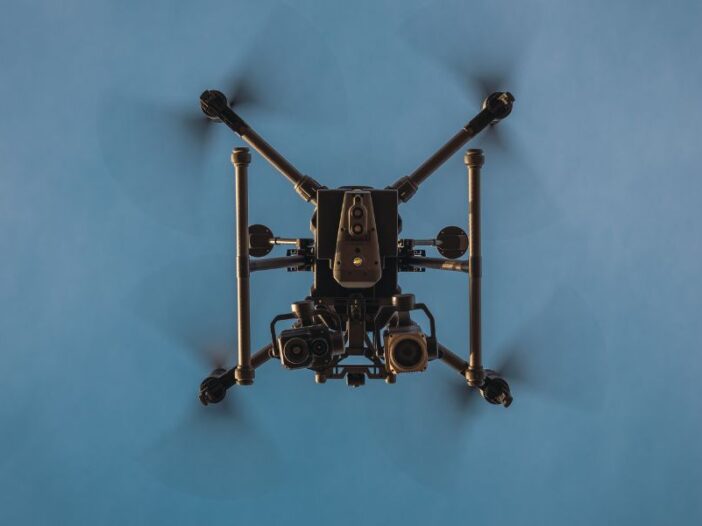
Drones are versatile pieces of technology that have applications in many different industries, including agriculture, military, and entertainment. Their multifunctionality and popularity through the years have led to multiple drone variations, differing in technological capabilities and designs. Across the board of unmanned aerial vehicle (UAV) tech, certain technological advancements remain consistent and a key part of modern drone designs, no matter the device’s intended use. Explore the best technological advancements every drone should have and discover how these enhancements modernize UAV technology.
Table of Contents
1. Autopilot Systems
One of the most notable technologies shaping the future of automobiles is also transforming drone technology. Autopilot systems—device autonomy over controls—allow drone users to fly without constant input. These systems use GPS technology to provide drones with precise flight and hovering capabilities.
With autopilot systems, drones can follow pre-set flight paths, return to their take-off location with the touch of a button, and even make automatic landings if the battery level becomes too low. Autopilot drones offer a slew of benefits that enhance the convenience and efficiency of drone operation, from hands-free control to precise flight paths for accurate data collection.
2. LiDAR Technology
Light detection and ranging (LiDAR) technology is an advanced method of surface mapping and measurement. LiDAR sensors for drones can capture high-resolution, three-dimensional data about the earth’s surface. This technology is particularly useful in fields like agriculture, construction, and environmental research, where detailed topographic data is essential. LiDAR-equipped drones can cover large areas quickly and efficiently, providing precise and valuable data for many different functionalities.
3. Improved Battery Life
Poor battery limits the operational range and flight time of drones, restricting their capacity to cover large areas or perform extended tasks. Users often find themselves in a race against time, attempting to complete their objectives before the battery drains. Short battery life can also result in interrupted flights, potentially leading to incomplete data collection, unsatisfactory footage, and emergency landings that can damage the drone or cause it to get lost in remote areas.
Recent advancements in battery technology have significantly increased drone flight time. Today, some high-end drones can stay airborne for close to an hour on a single charge. Longer flight times have expanded the possibilities for drones, enabling them to cover larger distances and perform more tasks.
4. Collision Avoidance Systems
Drones often operate in complex environments where obstacles, including buildings, trees, and other aerial devices, are common. When drones were first introduced into society, collisions were frequent and often disastrous, resulting in significant equipment damage and safety risks. The development of collision avoidance systems has greatly improved drone safety. These systems use sensors and software to detect potential obstacles in the drone’s flight path and adjust the drone’s trajectory accordingly. As a result, drones are less likely to crash into buildings, trees, or other obstacles, making them safer and more reliable. These key technological advancements further transform drones into powerful tools for a variety of industries. With ongoing innovation, the potential applications for drones are set to expand even further. Upgrade your drone technology with these advancements and enjoy the many benefits of a modernized UAV.